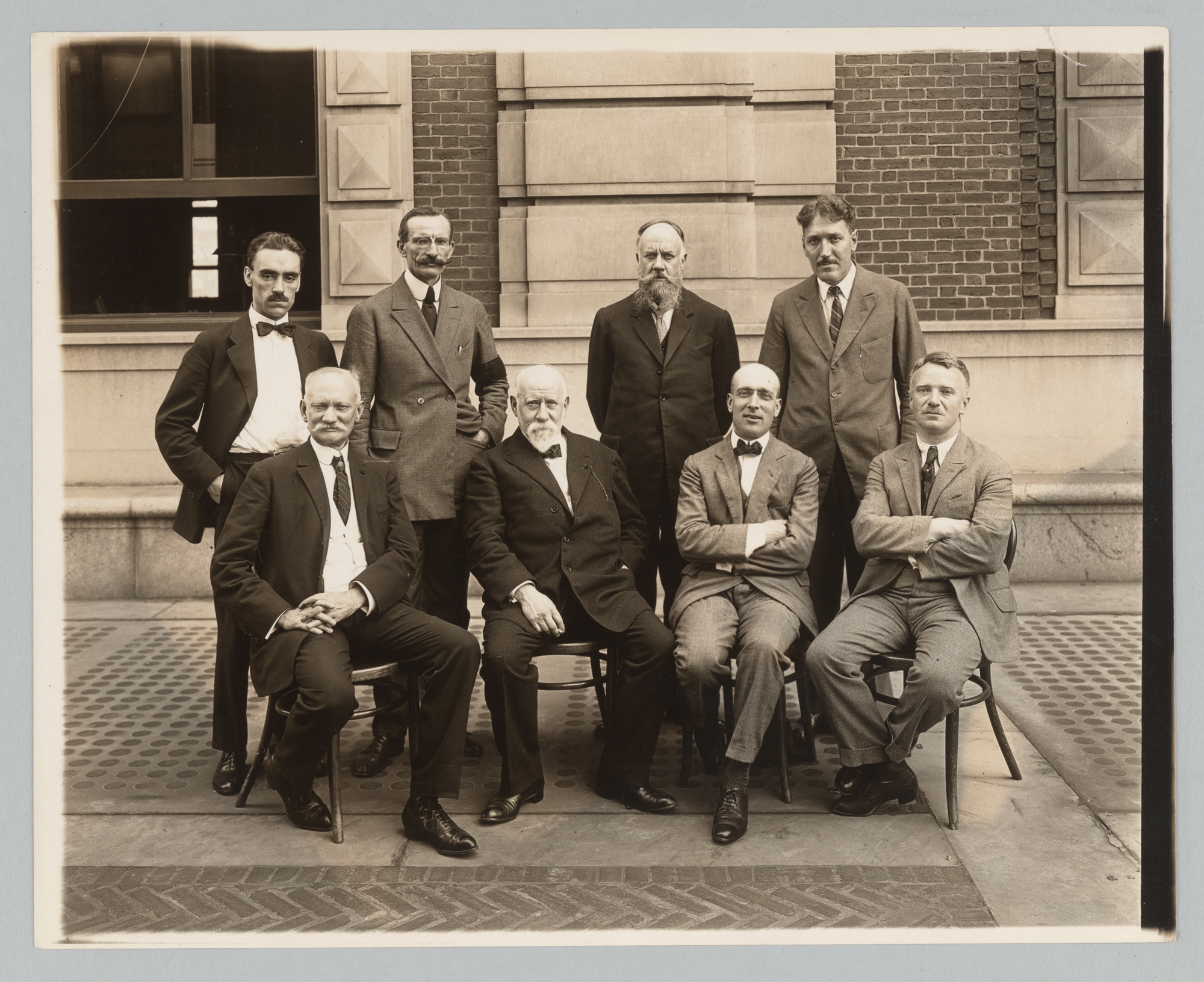In 1920 Federico de Onís along with other academics established the Hispanic Institute for Latin American & Iberian Cultures at Columbia University (initially named the Instituto de las Españas) with the intent to disseminate research on Iberian and Latin American cultures in all their manifestations and to promote academic and social events that showcase new contributions to Latin American and Iberian cultural production in Europe, Latin America, and the United States. The recently launched centennial exhibit The Hispanic Institute Between the Wars: The Making of Cultural Networks showcases material from the Rare Book & Manuscript Library, the Barnard Archives & Special Collections, and the general Columbia Libraries collection to reveal the origins of Spanish instruction at Columbia and the broadening of this effort during the interwar years.
The exhibit explores the Institute’s contributions within Columbia, the broader seminal influence it has had in the founding of Hispanism and Lusophone studies in the American academy, and the pivotal role it has played in fostering cultural exchange and mediating engagement with academics, writers, and artists abroad and at home. The exhibit also highlights the geopolitical dimension of the Institute and its strategic positioning between the economic expansionism of the United States in Latin America and the project of cultural revitalization of Spain after the loss of its colonies.
In 1916 Columbia University President Nicholas Butler wrote a letter to Federico de Onís, a young but already established professor at the University of Salamanca who had ties to other academic institutions in Spain. Butler expressed his desire to make Columbia “the leading center of Spanish studies on this continent” and he wanted de Onís to organize and direct graduate and advanced studies in Spanish at Columbia. This recruitment occurred in the context of growing enrollment in Spanish and Portuguese courses at the university and a “genuine Renaissance of Spanish in the North American Continent” that during this same period brought many professors from Spain to the United States to establish many of the currently existing Spanish and Portuguese Departments in American universities, especially those in the Northeast. The Panama Canal had opened just a few years before Butler wrote to recruit de Onís and undoubtedly driving this renaissance was the opening of Latin American markets and industry.
The positioning of the institute in New York City and at Columbia had many advantages including long established Spanish speaking communities throughout the city, the wealth of resources Archer Huntington was amassing at the Hispanic Society just a couple of miles uptown, and the cultural and commercial connections the city had with Europe, Latin America and the Caribbean. While the figure of Federico de Onís looms large in this history the exhibit pays special attention to the establishment of networks within the city, the country and abroad that bolstered and sustained this cultural and academic project.
The exhibit was curated by Felipe Becerra, PhD Candidate in Latin American and Iberian Cultures and Sócrates Silva, Latin American & Iberian Studies Librarian at Columbia University. For inquiries about the exhibit please contact Felipe Becerra at fib2103@columbia.edu and/or Sócrates Silva at ss5000@columbia.edu
